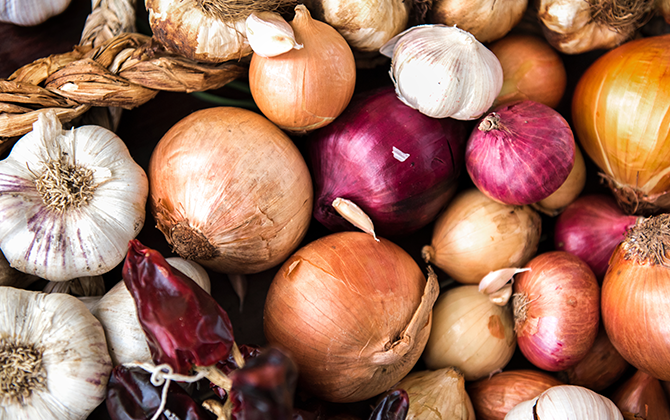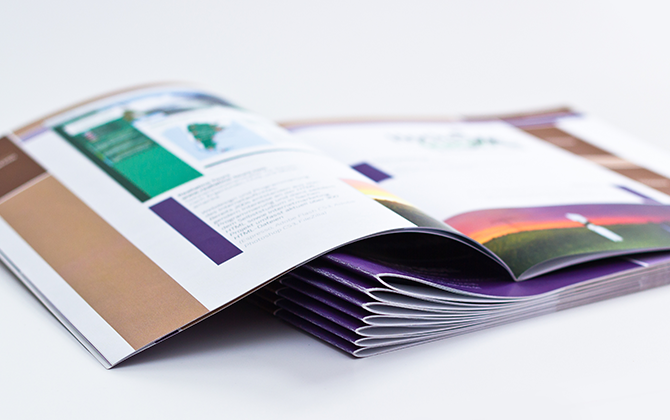It’s the same as mixing garlic with onions
Printing and grammage of the paper, how to interpret them?
Hello blog readers and people who have accidentally come across this article.
First I introduce myself. My name is Sergi Alegre and he has been part of We’re Sinapsis for about a year. My functions in this team are those of a pure graphic designer in an agency of this type. Development of creativities such as: banners for web pages, photo editing, etc.
Continuing with my presentation, I will say that I have always considered that humility is a virtue and that one should not brag about the knowledge one has, but share it with others if necessary.
At the same time, I have always been surprised by the natural tendency of the human race to screw up. Incidentally, I am also constantly amazed that some people have a habit of asking for discounts on design projects or the like, as if they were negotiating the purchase and sale of smoking pipes in an Egyptian market (it is almost mandatory there). I suppose that in the end everything revolves around the different customs or human personalities.
But let’s return to the topic of sharing knowledge, and let’s talk about the world of graphic printing and more specifically about the weight of the paper on which we print our flyers and other advertising forms.
The exciting world of paper weight
It is important to clarify that there are an infinity of types of paper with different finishes and that these will add different values to our designs. Broadly speaking, the differences are usually the weight and the finishes (coated, satin, etc.)
The world of printing can become very complex, especially when it is mixed (as we said before) with the different customs and human personalities.
In relation to this, I will present the case of a designer who was asked to develop a diptych. He informed his client out of courtesy (since clients of this type normally do not care about this point) that the chosen paper would be a 120g matte coated paper.
The entire project went smoothly and I say “normally” because the client in question ignored the designer’s notices, which warned him that the number of agreed changes in the design was being exceeded. These changes had been previously agreed by both parties and, as is logical, they increased the final price.
This created the perfect storm: we had a client who was looking for flaws in a project that would also be very expensive.
This situation caused the client to be, let’s say, “more critical” with the accuracy of the brochure’s characteristics. Or put another way, he started looking for flaws…
The anecdote came after the printing (along with the payment for the work done), when the client sends a video in which he is weighing the paper (a leaflet with A5 measurements) that resulted in a weight of 10g. In the video you could see how the customer weighed the diptych on two different scales (to make it clear) and seeing that it did not reach the 120g that he believed it had to weigh and that it only weighed 10g, the customer claimed a discount on your final bill.
Let’s clarify now, in case there is any doubt, that the weight of the paper is defined by several factors as you can see in this link.

That said, remember all those people who ask for discounts, the theory of evolution says that smart people have a better chance of survival. So be critical, but courteous, trust the professionals a bit, and don’t mix garlic and onions.

